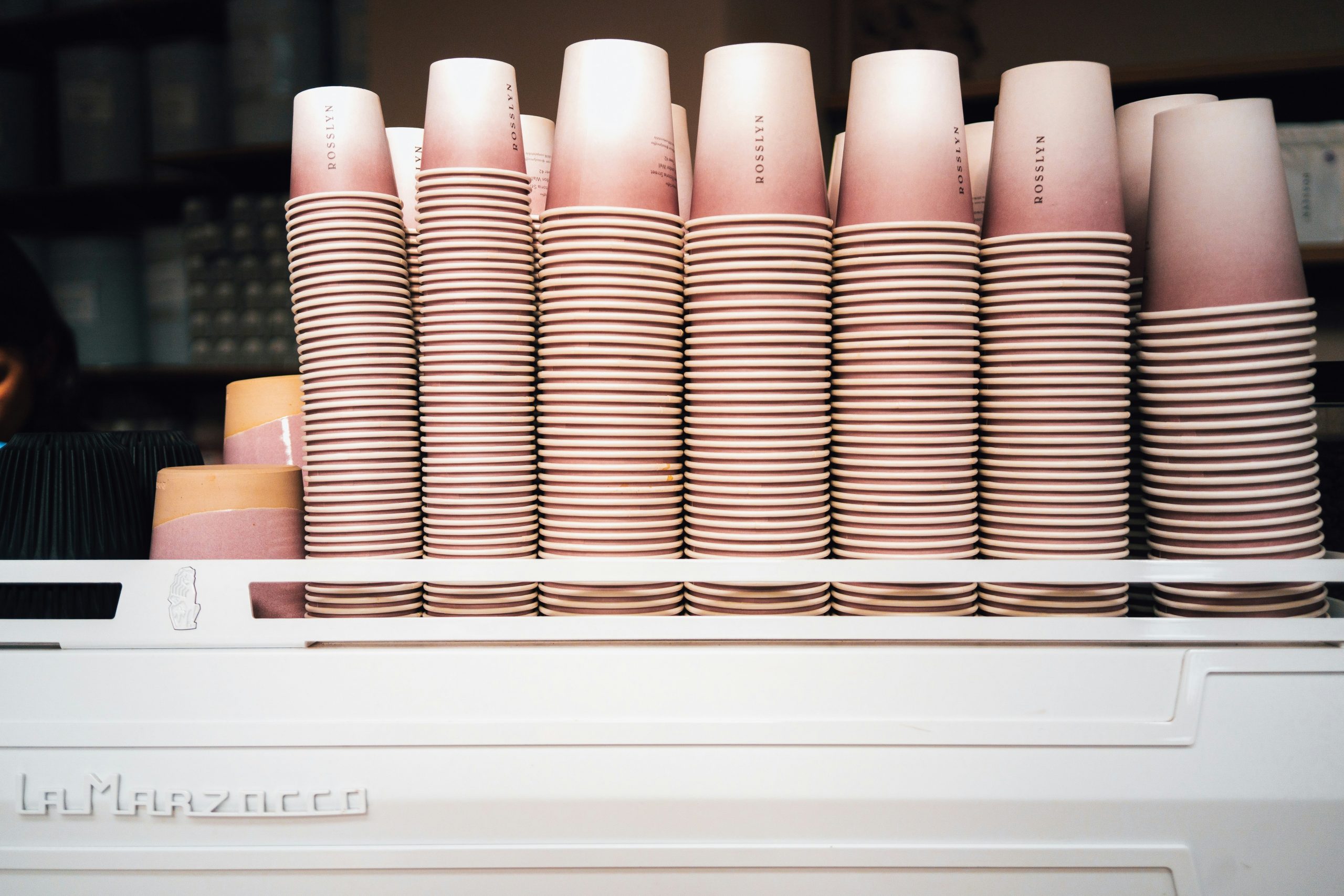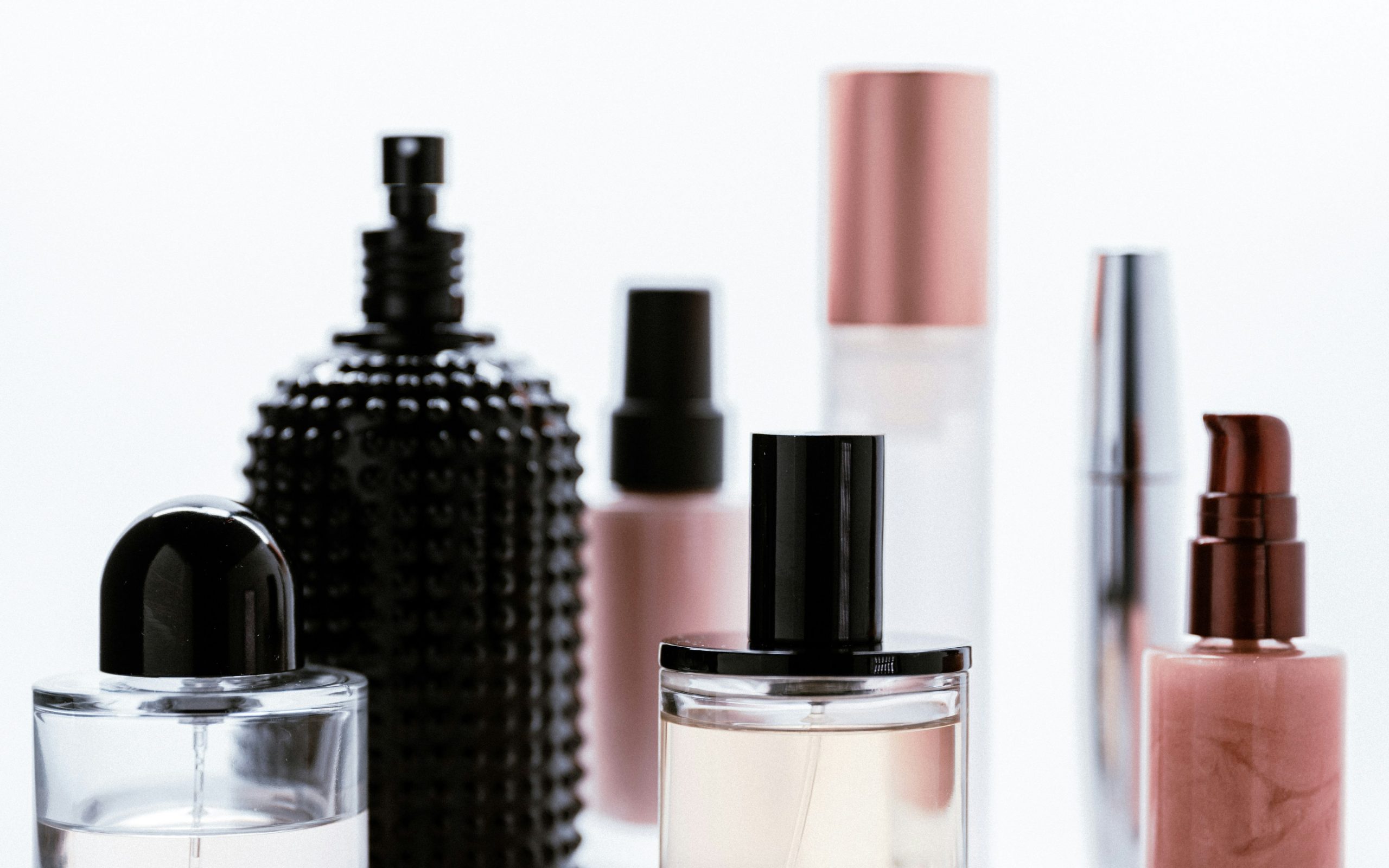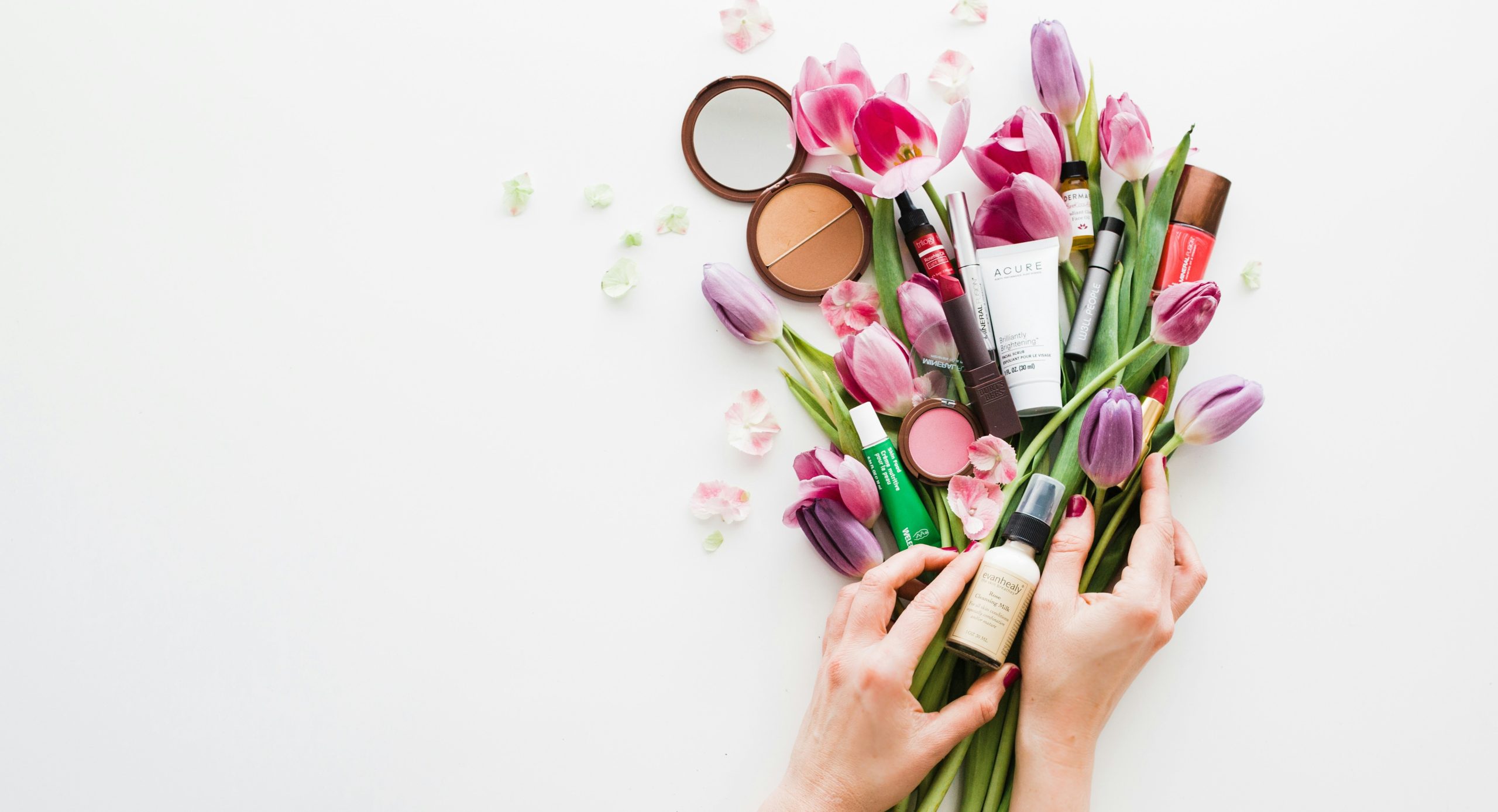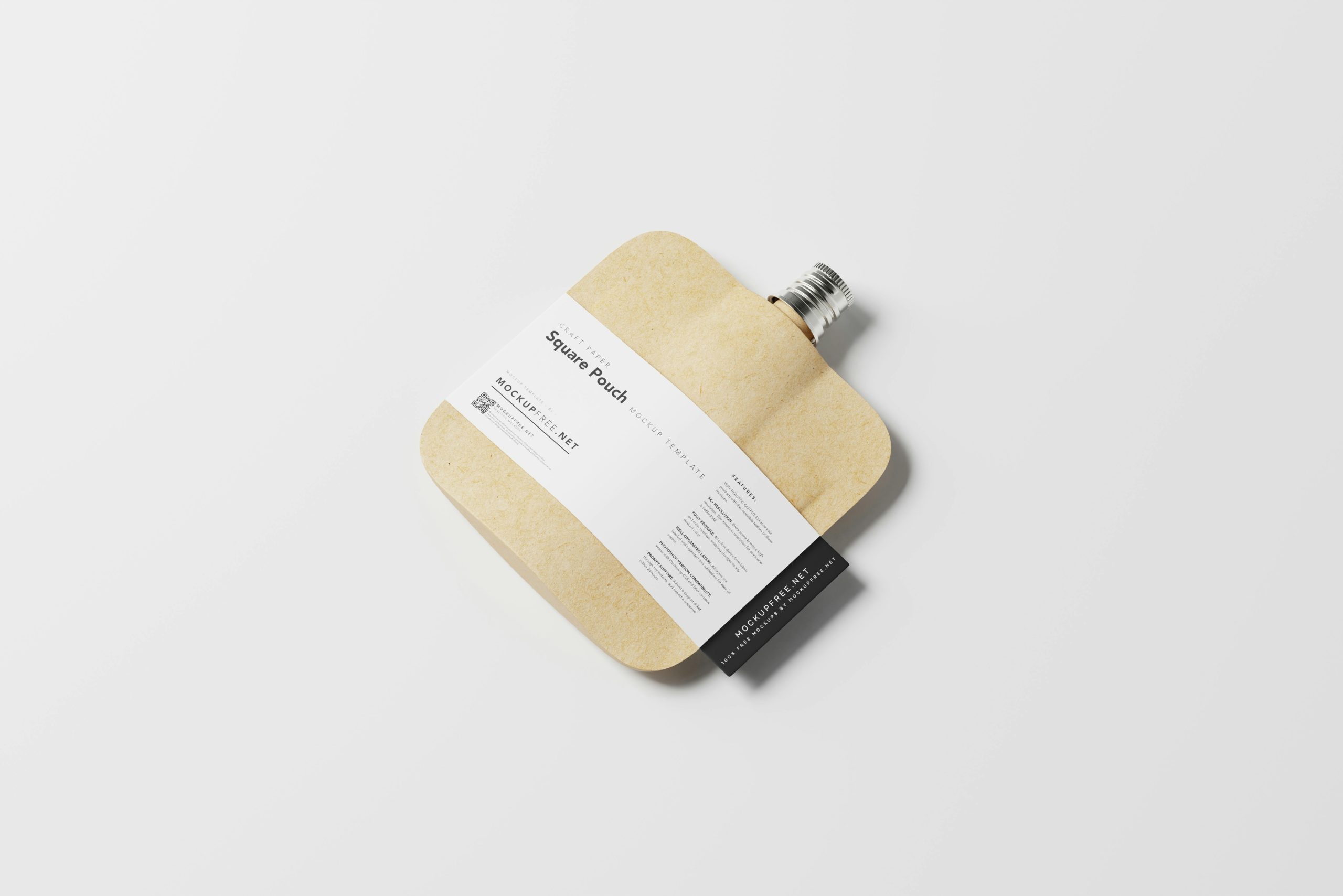Ever stared at a stunning natural makeup palette, only to toss the plastic packaging in guilt? Yeah, me too. While we’ve all been swooning over clean, green beauty, the elephant in the room is clear: eco-friendly packaging is still an afterthought for far too many brands. But what if I told you that natural makeup and sustainable packaging are the ultimate skincare power couple?
In this guide, we’ll dive into why eco-conscious choices matter, how to spot genuinely green products, and actionable ways to support brands making a difference. By the end, you’ll be armed with knowledge on choosing natural makeup that’s good for your skin *and* the planet.
- Key Takeaways
- The Problem With Plastic in Beauty
- How to Spot Genuine Eco-Friendly Packaging
- Top Brands Leading the Charge
- DIY Tips to Extend Product Life
- Case Study: A Brand That Gets It Right
- Frequently Asked Questions
Key Takeaways
- Natural makeup deserves eco-friendly packaging—but not all “green” claims are legit.
- Look for refillable options, biodegradable materials, and minimalistic designs.
- A few small switches in your routine can make a big impact on sustainability.
The Problem With Plastic in Beauty
I once bought a “natural” mascara that came wrapped in so much unnecessary plastic, it felt like unwrapping a Russian nesting doll of guilt. The truth? Beauty generates over 120 billion units of packaging waste annually. That statistic hit me harder than my last bad contouring attempt.
Optimist You:* “It’s just one tube—what’s the harm?”
Grumpy Me: “Multiply that by millions of shoppers, and now we have microplastics floating in oceans.”
Yeah, sobering.
Plastic doesn’t just clutter landfills; it breaks down into harmful pollutants that affect ecosystems worldwide. Even worse, recyclable claims often don’t hold up because mixed materials (like pumps or mirrors) complicate recycling processes.

A visual reminder of the consequences of non-eco-friendly packaging.
How to Spot Genuine Eco-Friendly Packaging
Rant alert: Greenwashing drives me bonkers. Brands slapping “eco-friendly” labels without backing them up? Chef’s kiss for deception. Here’s how you separate real allies from posers:
- Material Transparency: Look for boxes made from recycled paper or bio-based plastics. If they’re vague about materials, walk away.
- Refill Options: Refills reduce waste significantly. Keep an eye out for magnetic cases or modular designs.
- Certifications Matter: Check for stamps like Forest Stewardship Council (FSC), Leaping Bunny, or Cradle to Cradle certifications.
Top Brands Leading the Charge
Let’s talk about the heroes fighting the good fight. Brands like RMS Beauty, Ilia, and Axiology aren’t just paying lip service—they walk the walk. For instance:
– **RMS Beauty**: Known for its sleek mirrored compact that doubles as reusable storage.
– **Ilia**: Offers refillable foundations housed in glass jars with recyclable components.
– **Axiology**: Their zero-waste lipsticks come in glossy wrappers made entirely from recycled paper.

Eco-friendly design meets functionality in premium beauty.
DIY Tips to Extend Product Life
“But what if I can’t afford these fancy brands?” Fear not, thrifty friend. Try these DIY tricks instead:
- Upcycle old containers into travel kits or sample jars.
- Repurpose empty compacts as jewelry holders or mini organizers.
- Mix leftover foundation or blush scraps with aloe vera gel to create a DIY tinted moisturizer.
Terrific tip: Don’t toss your empties—some retailers offer take-back programs or discounts for returning used packages!
Case Study: A Brand That Gets It Right
A personal favorite success story comes from Kjaer Weis. This luxury brand seamlessly blends high-performance formulas with refillable metal compacts that look like minimalist art pieces. Customers rave about their commitment to both style and sustainability—a killer combo.
Here’s the kicker: Kjaer Weis reduced its carbon footprint by 45% in just three years by focusing strictly on reusable and recyclable packaging solutions. Talk about putting the “beauty” in eco-beauty!
Frequently Asked Questions
What makes packaging truly eco-friendly?
Packaging earns the title when it uses renewable resources, minimizes waste during production, and encourages reuse or recycling post-consumer use.
Can I trust “compostable” claims on beauty products?
Not always. Many products labeled compostable require industrial facilities—not backyard bins—to break down fully. Always double-check instructions.
Why does eco-friendly packaging cost more?
Short answer: Research, quality materials, and ethical manufacturing practices drive costs up. But remember—you’re investing in the future, not just your face!
Conclusion
Making the switch to natural makeup with eco-friendly packaging isn’t just a trend—it’s a necessity. From busting greenwashing myths to discovering innovative brands and clever hacks, every step matters. So next time you shop, ask yourself: Is this choice helping or harming the planet?
Pro tip (even though grumpy me hates clichés): Small changes add up. Start swapping one item at a time, and soon enough, your vanity will reflect your values. Like a Tamagotchi, your sustainability journey needs daily care.

Cleaning up your beauty routine has never looked better.


